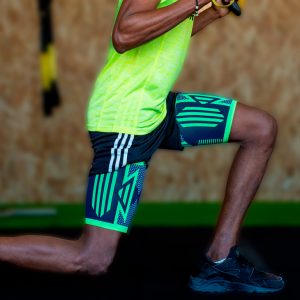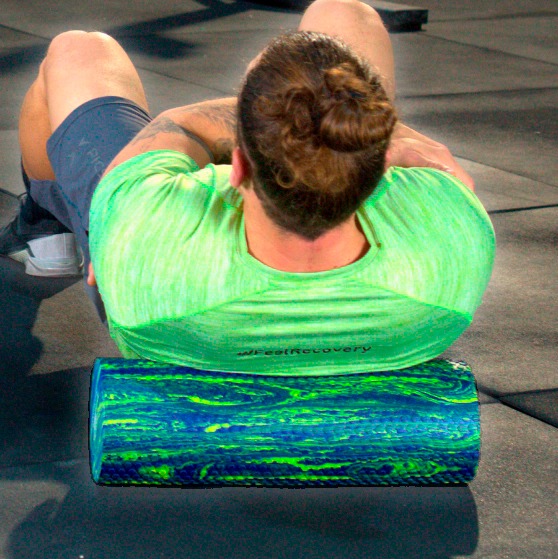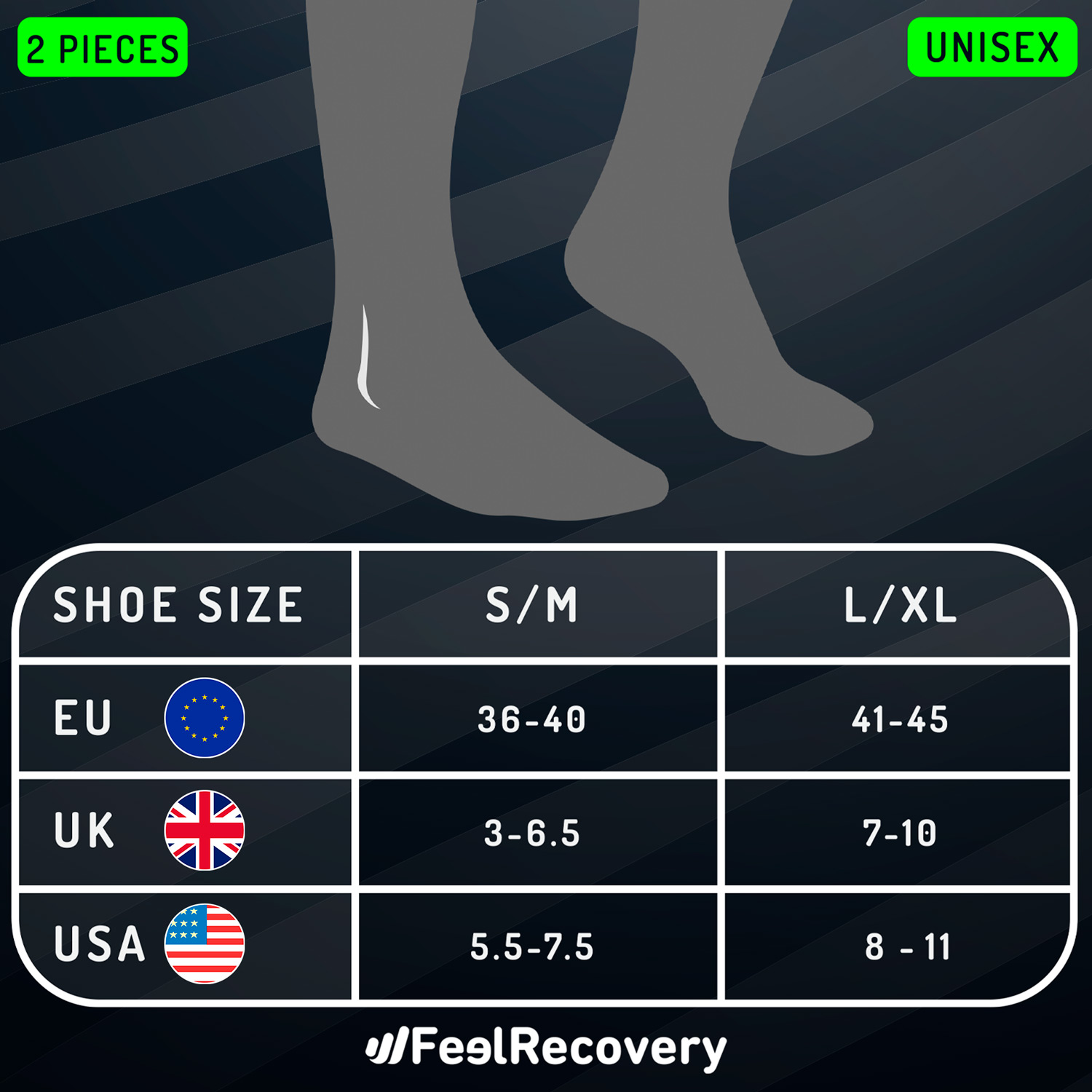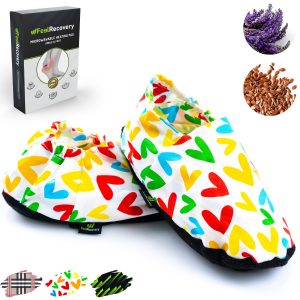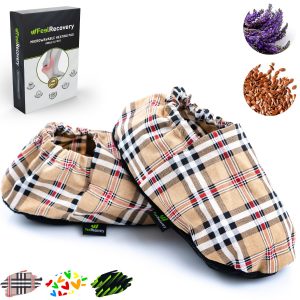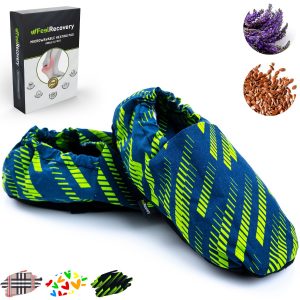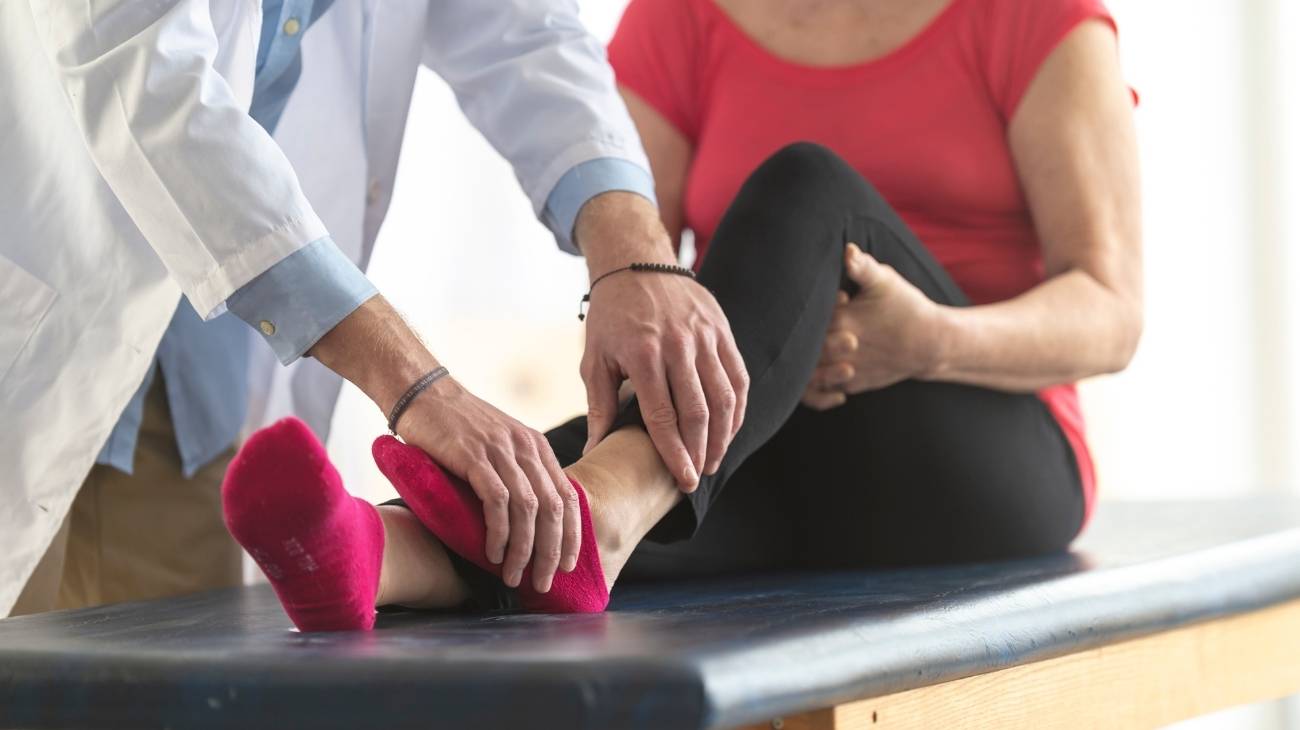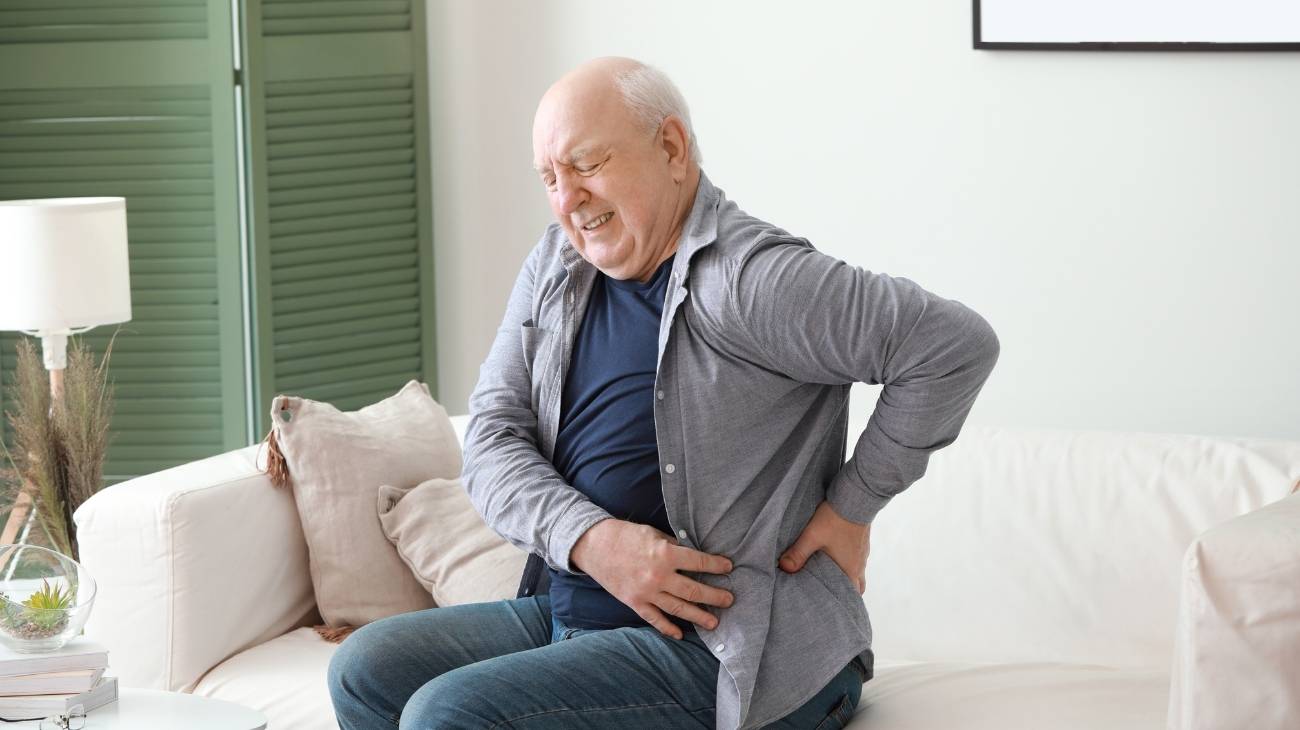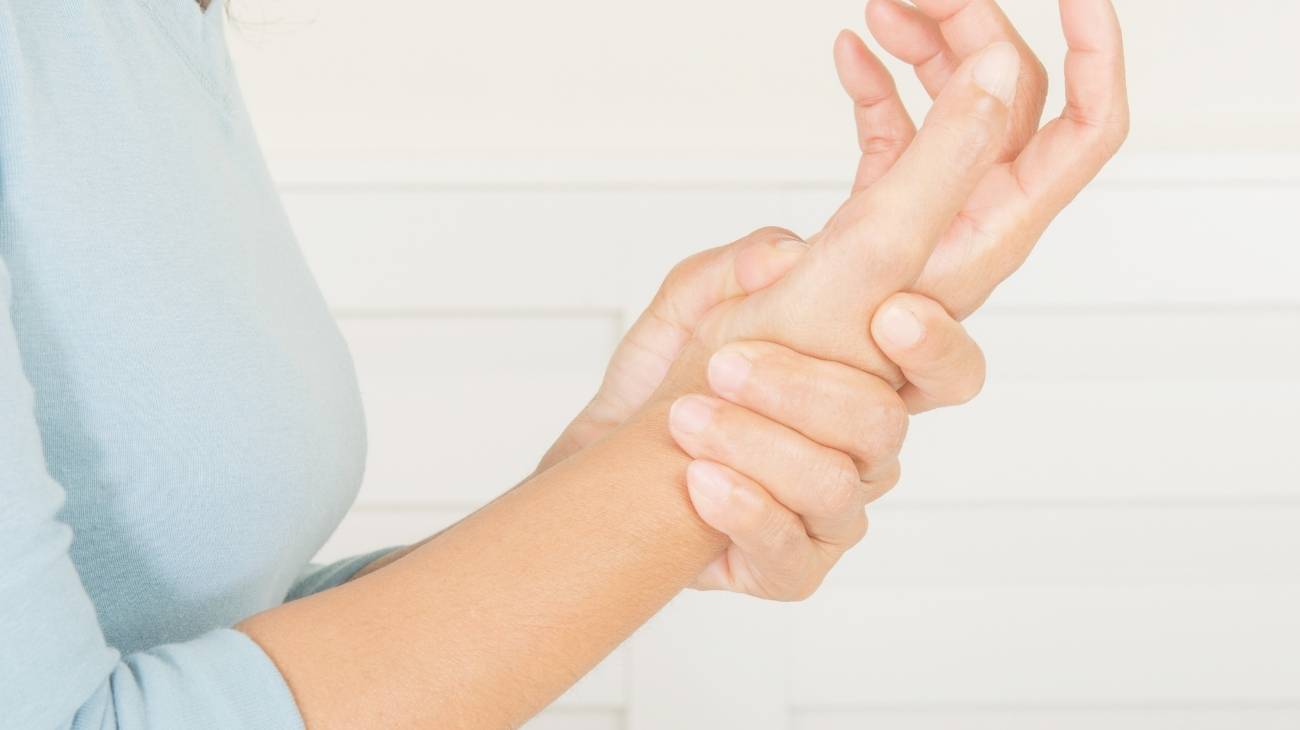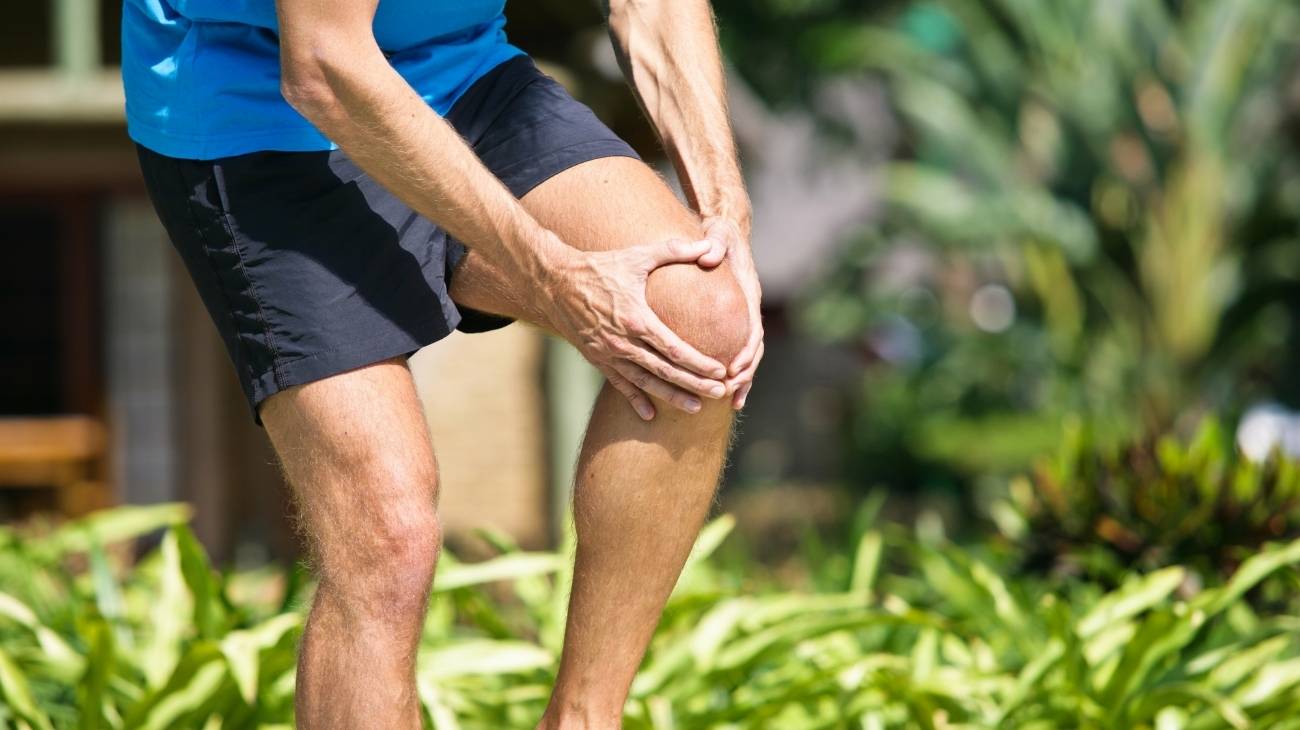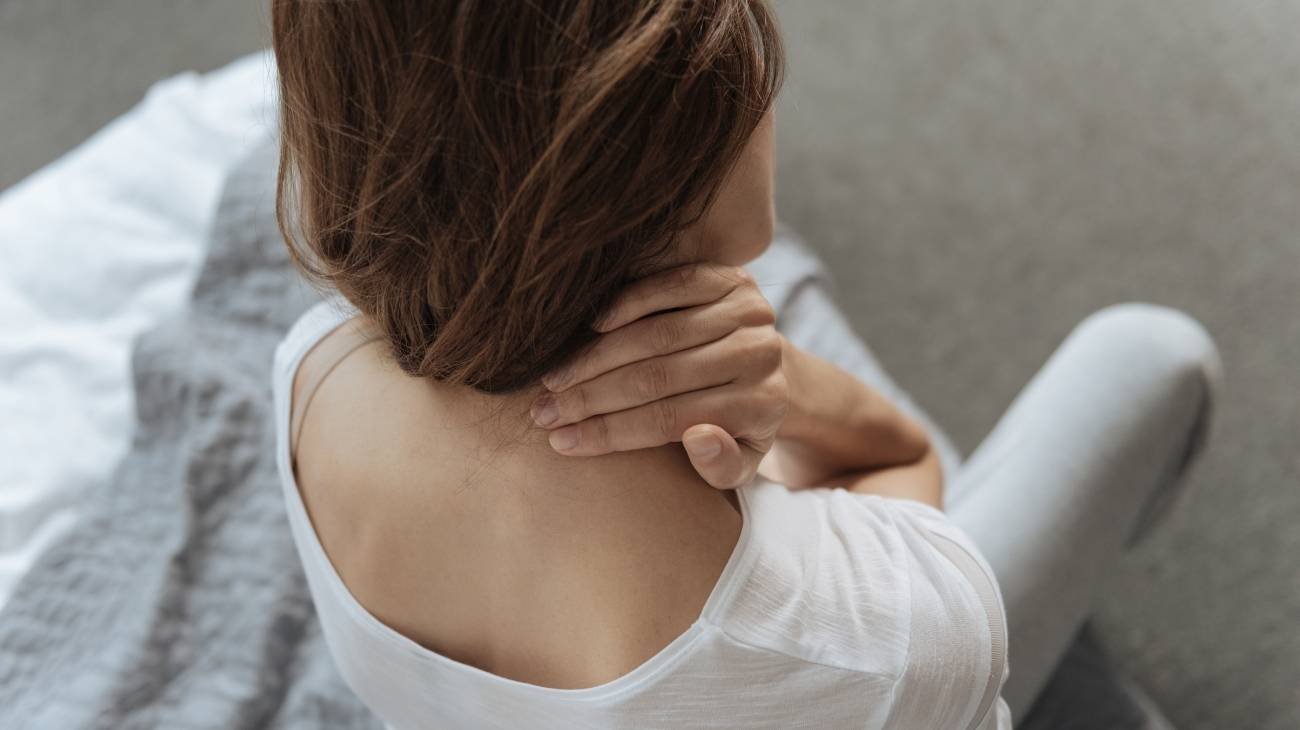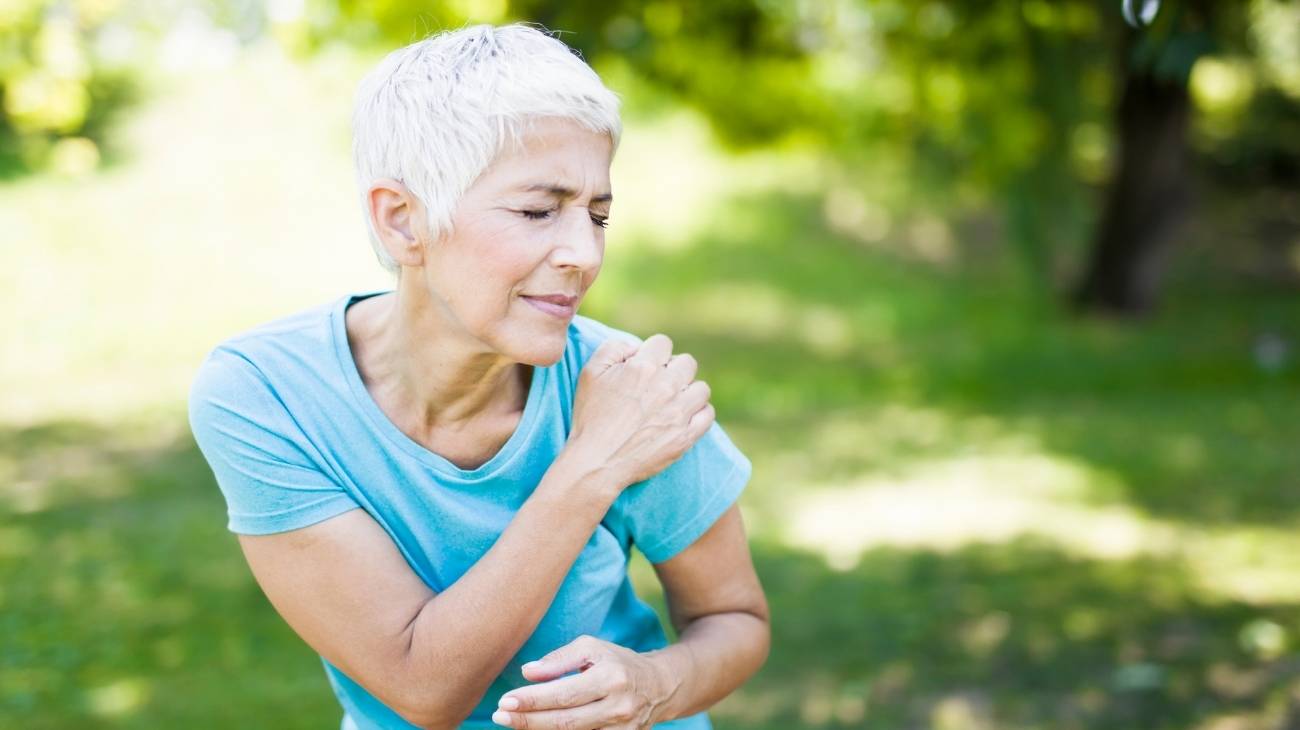Ankle arthritis is a condition that leads to inflammation, pain, and reduced mobility in the ankle joint. Commonly caused by wear and tear, injury, or autoimmune conditions, this type of arthritis can severely impact daily activities. However, with the right products and treatments, managing symptoms and improving mobility is achievable.
Compression sleeves are a top choice for alleviating ankle arthritis pain. They offer gentle, consistent pressure to reduce swelling and enhance blood circulation around the affected joint. Designed for comfort and flexibility, these sleeves are suitable for daily use and fit discreetly under footwear, making them a practical solution for active individuals.
Hot and cold therapy wraps are another essential tool for managing ankle arthritis. Cold therapy helps to reduce inflammation and numb acute pain, while heat therapy soothes stiffness and promotes flexibility. Alternating these therapies can provide comprehensive relief and support the healing process.
Supportive braces offer stability and protection to the ankle joint, reducing strain and preventing further injury. These braces are designed to distribute weight evenly across the joint, helping to alleviate pressure and pain during movement. Adjustable designs ensure a secure and customized fit for maximum comfort.
For advanced pain relief, TENS (Transcutaneous Electrical Nerve Stimulation) devices are an excellent option. By delivering electrical impulses, TENS devices block pain signals and stimulate natural endorphin release, providing effective, non-invasive pain management for ankle arthritis sufferers.
Massage tools, including rollers and vibrating devices, can help improve joint flexibility and reduce stiffness. By stimulating blood flow and relieving tension in the surrounding muscles, these tools enhance comfort and mobility. Regular use alongside other therapies can significantly improve symptoms.
Stretching and strengthening exercises are vital for managing ankle arthritis. Low-impact activities, such as yoga or swimming, can help maintain joint flexibility and reduce stiffness. These exercises, combined with supportive products, create a holistic approach to managing arthritis symptoms effectively.
Ergonomic footwear and orthotic insoles are also critical for managing ankle arthritis pain. Properly designed shoes and insoles provide arch support, distribute pressure evenly, and enhance walking comfort. They can help reduce strain on the ankle and improve alignment, preventing further damage to the joint.
By incorporating these products and practices into your daily routine, you can effectively manage ankle arthritis pain and regain control of your mobility.
FAQ: Frequently Asked Questions
What products are best for managing ankle arthritis pain?
Compression sleeves, hot and cold therapy wraps, supportive braces, and TENS devices are highly effective for reducing pain, inflammation, and improving mobility in individuals with ankle arthritis.
How does compression help with ankle arthritis?
Compression improves blood circulation, reduces swelling, and provides joint support, making it a practical solution for managing ankle arthritis pain.
Are TENS devices safe for ankle arthritis pain relief?
Yes, TENS devices are safe and effective. They use gentle electrical impulses to block pain signals and stimulate the body’s natural healing processes.
What type of footwear is recommended for ankle arthritis?
Ergonomic footwear with arch support and orthotic insoles is recommended to reduce strain on the ankle joint and improve overall comfort during walking.
How often should I use hot and cold therapy for ankle arthritis?
Alternating between heat and cold therapy 2-3 times a day can effectively reduce inflammation, ease stiffness, and relieve pain caused by ankle arthritis.



